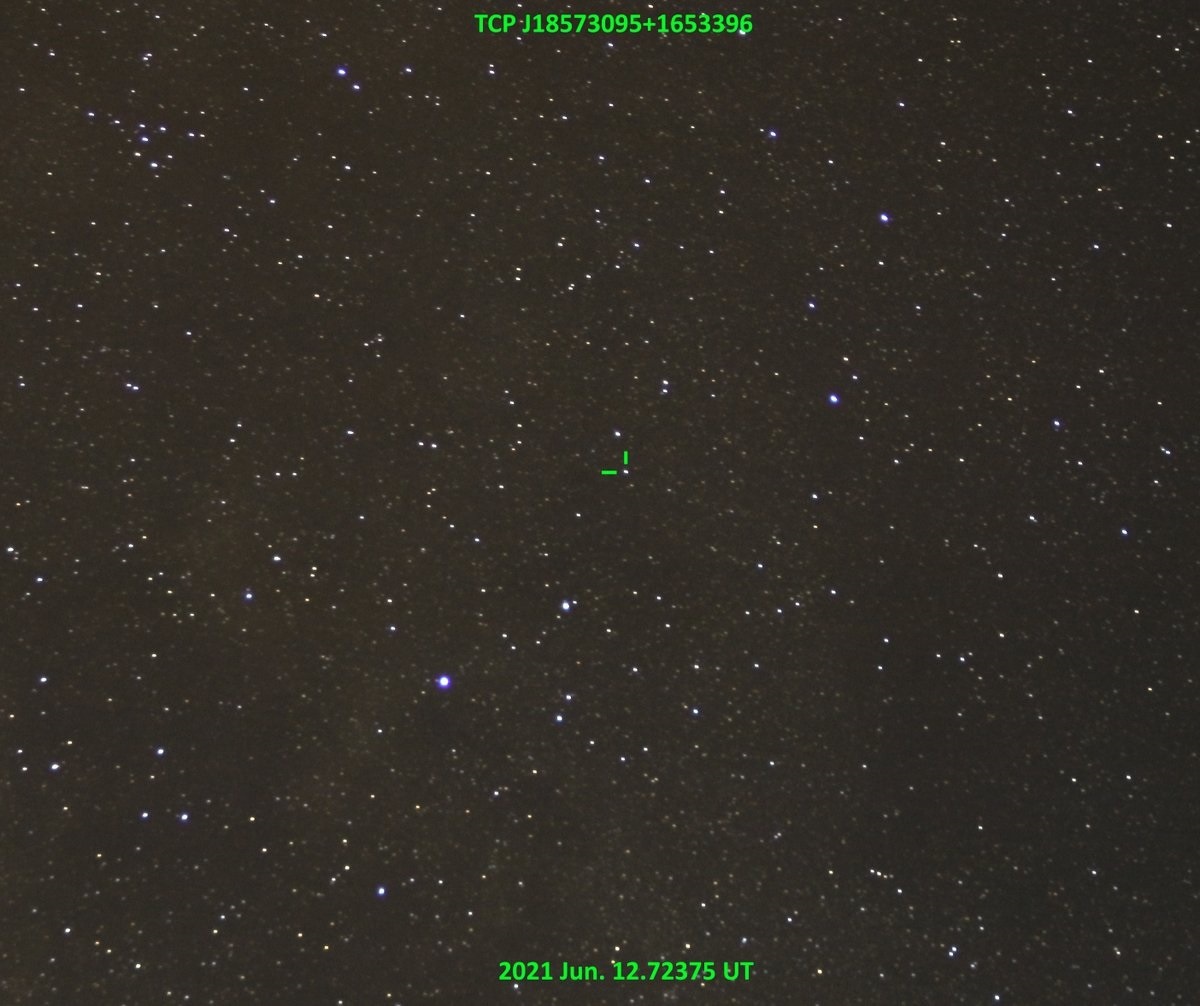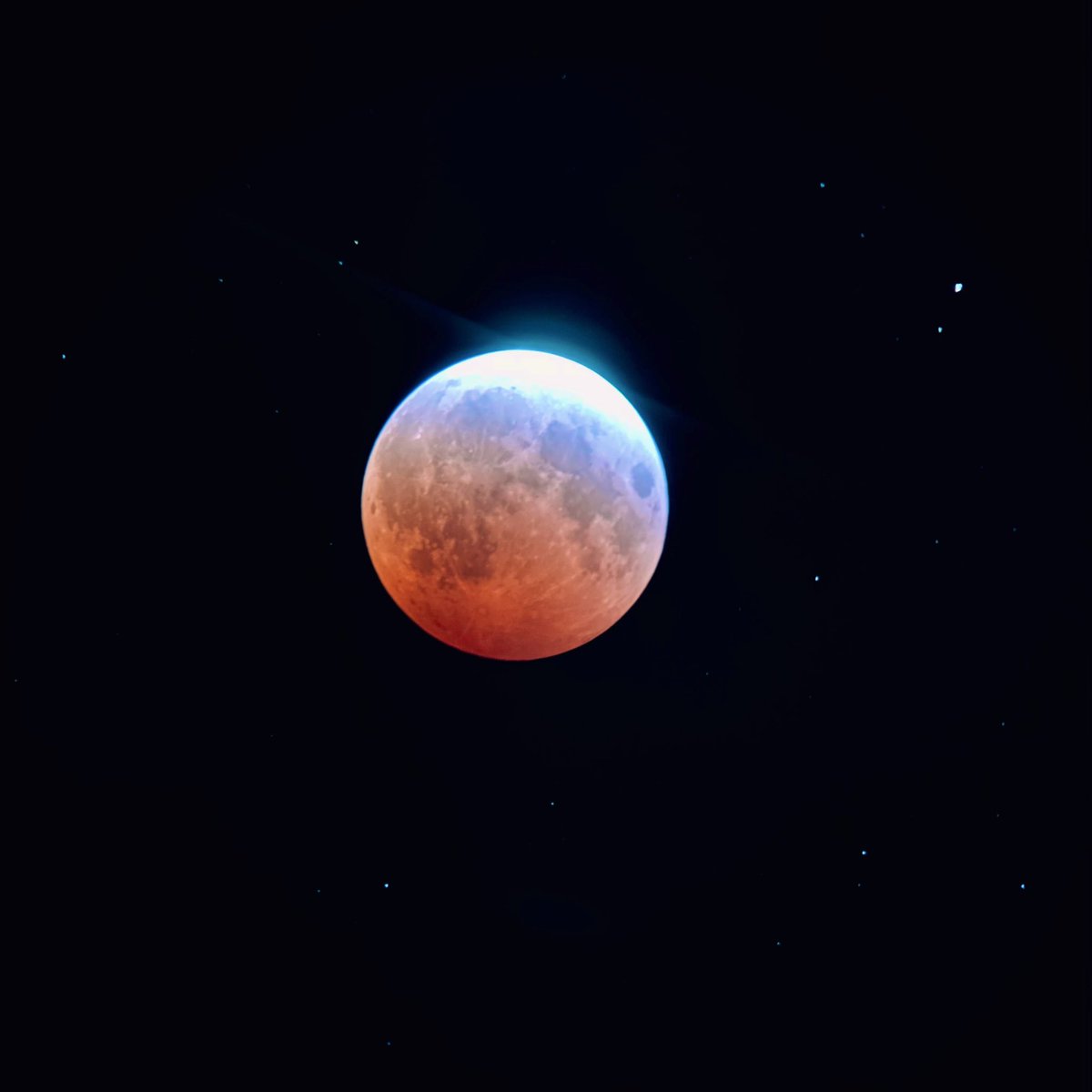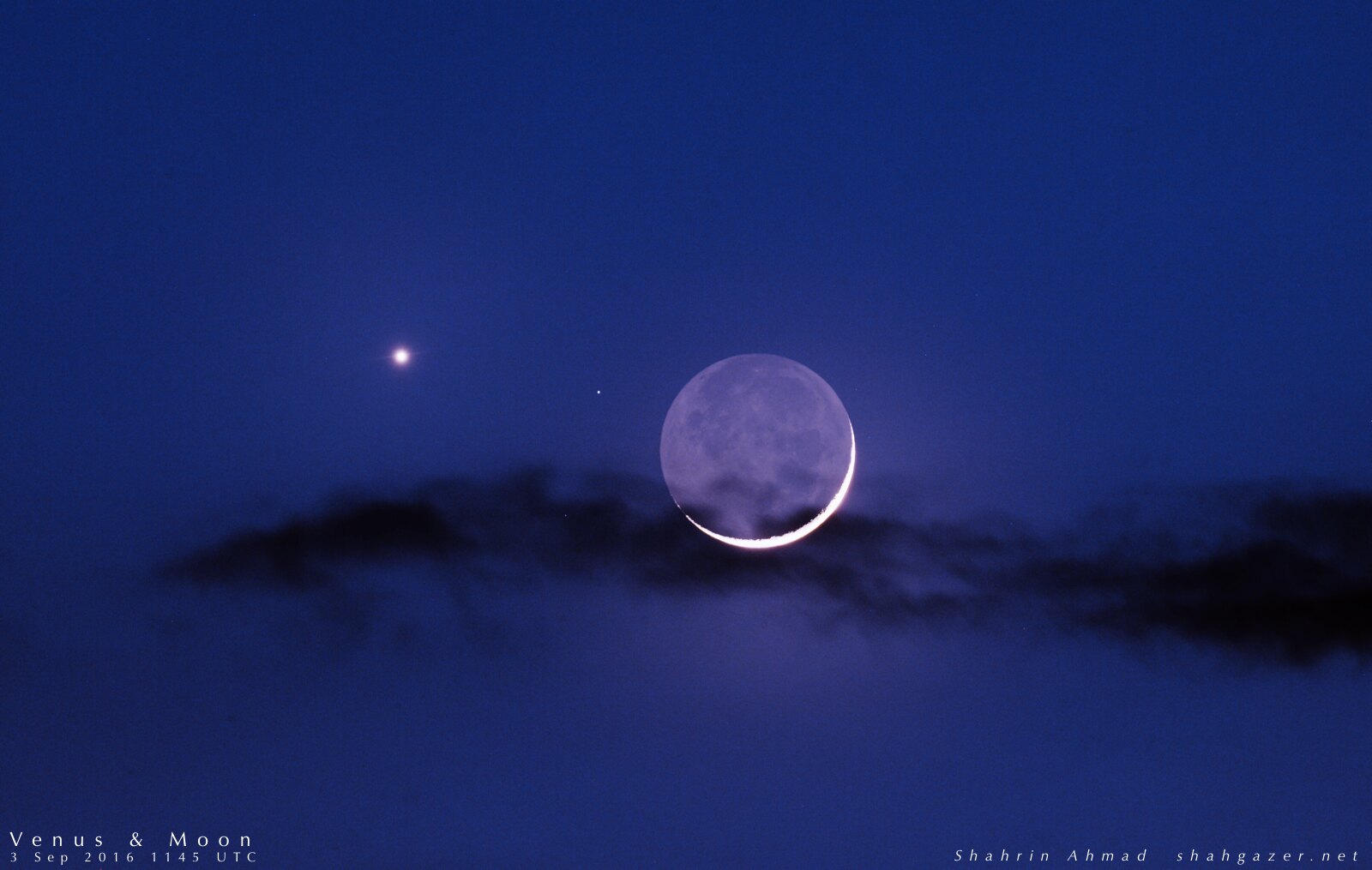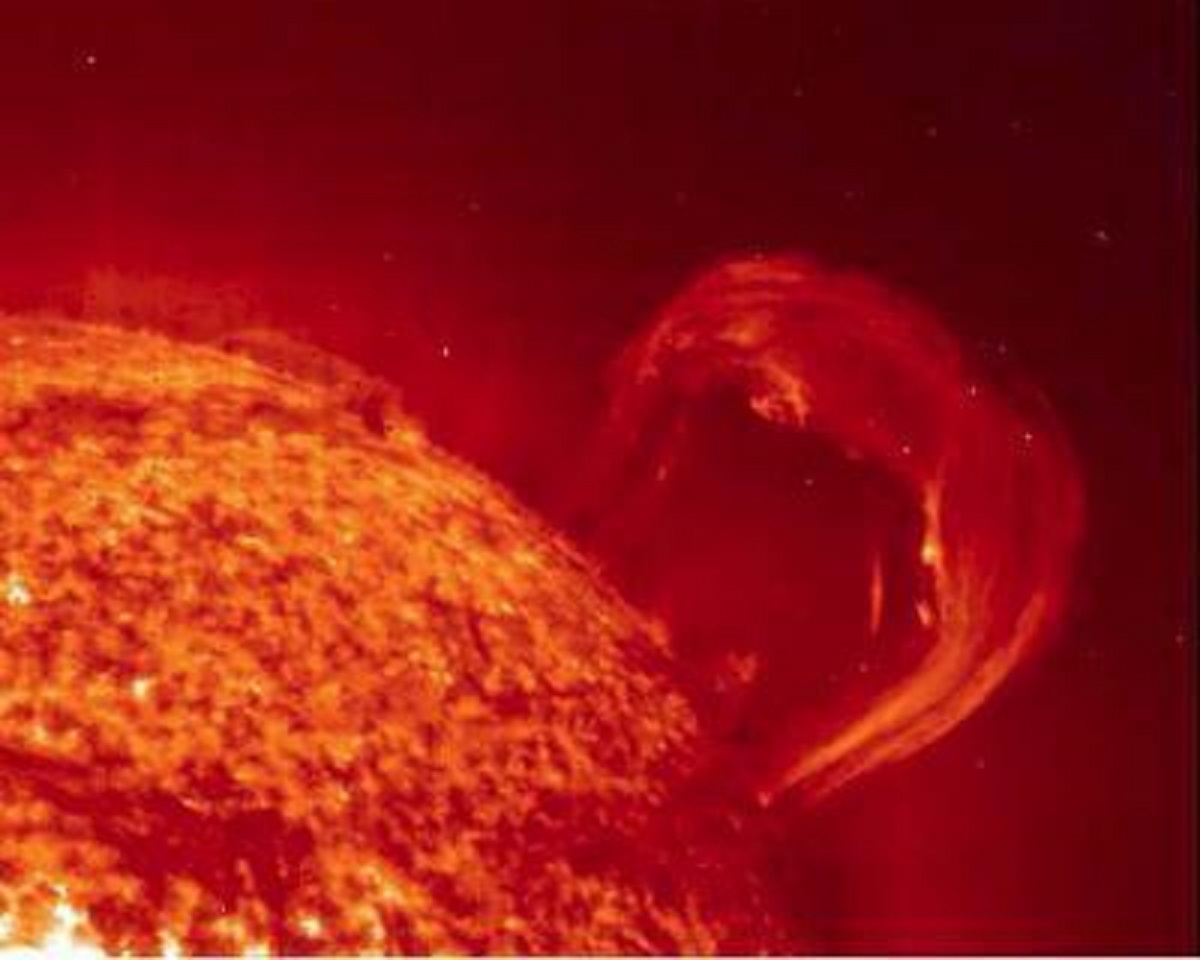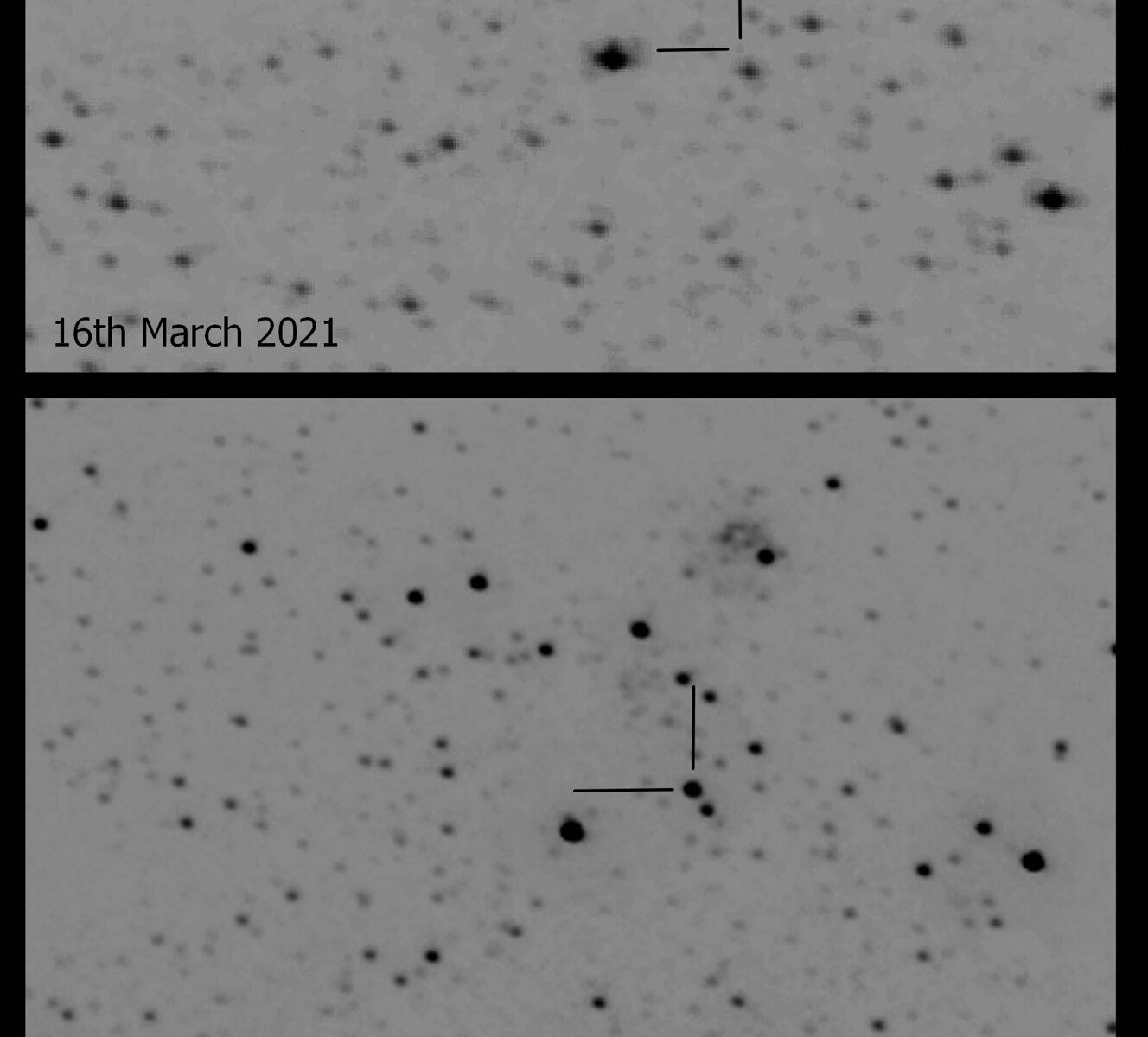Now’s the time to catch Nova Herculis 2021, before it fades from view.
…And then, there were two. Fresh off of the eruption of Nova Cassiopeiae 2021 early this year, another galactic nova made itself known earlier this past weekend, as a ‘new star’ or nova flirted with naked eye visibility in the constellation Hercules the Hero on its border with Aquila the Eagle.
Continue reading “Catch New Galactic Nova Herculis 2021 in Hercules the Hero”
